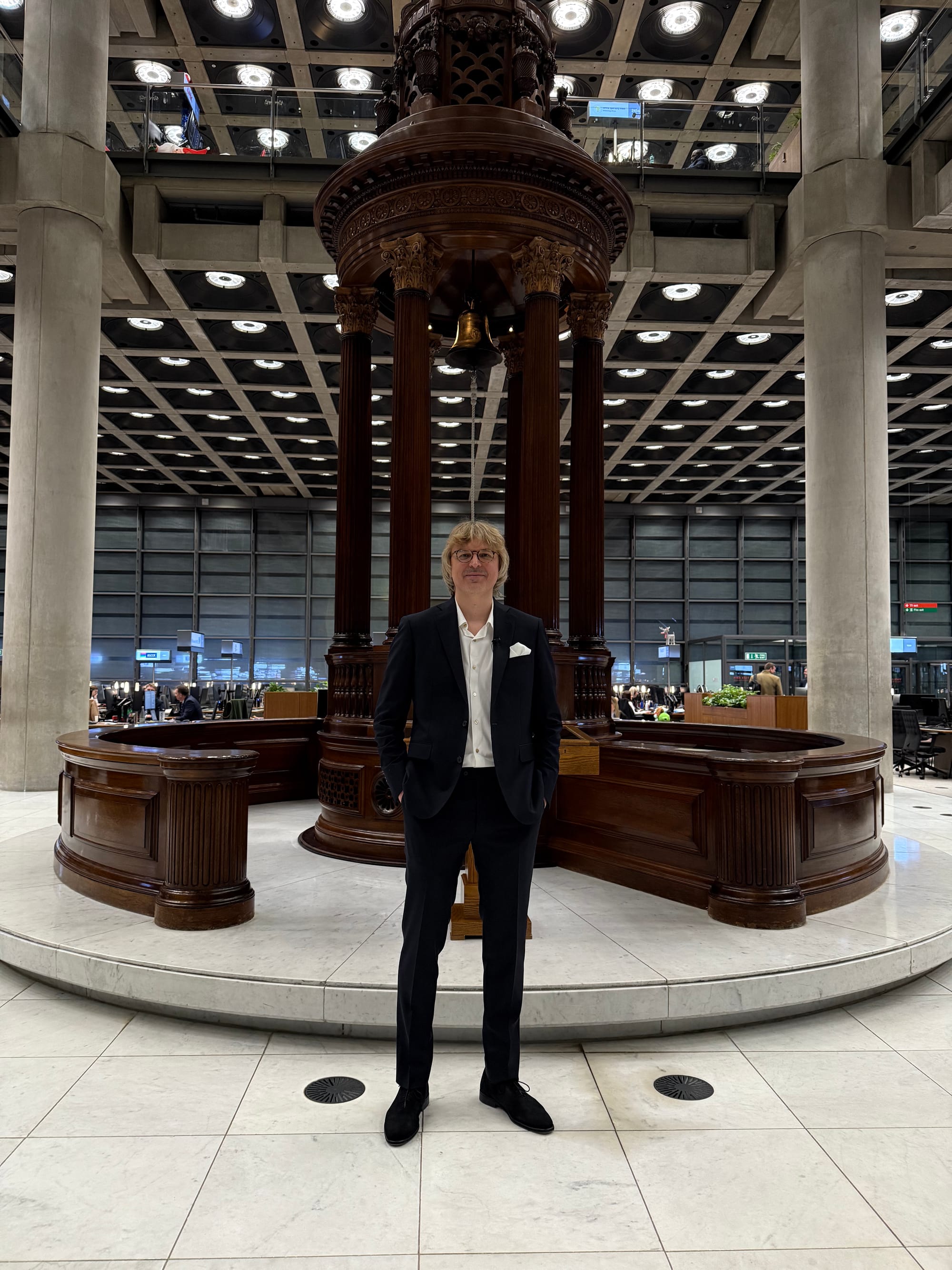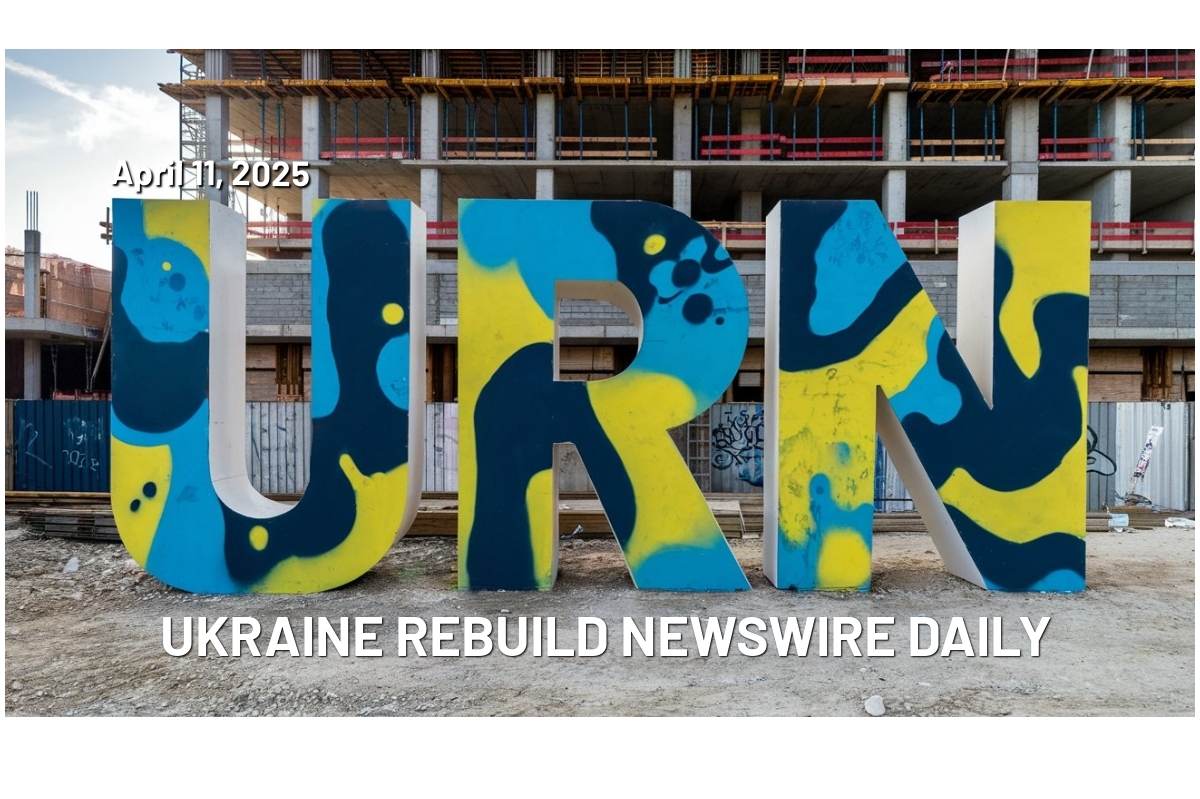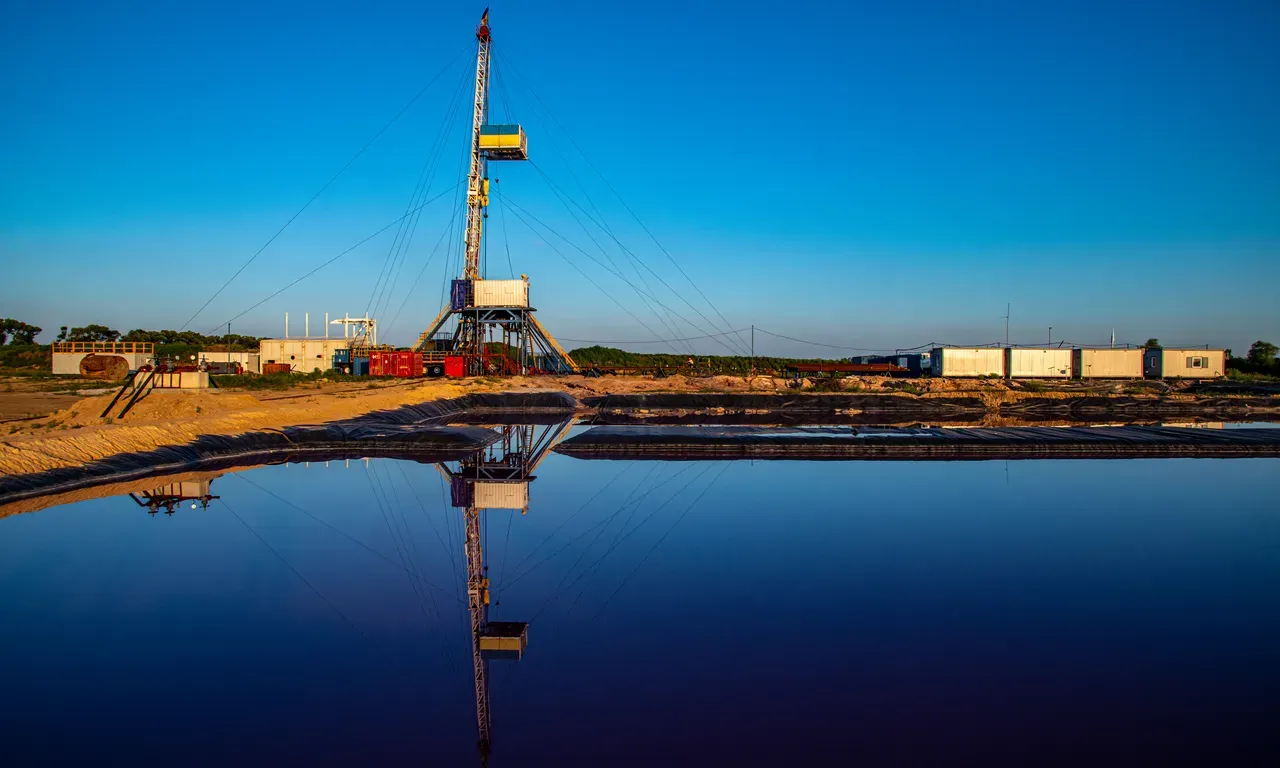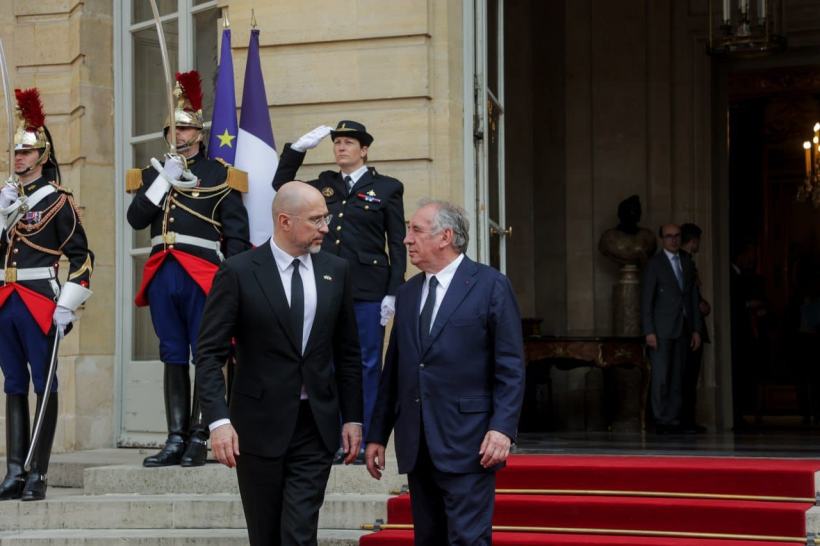FortuneGuard, a Ukrainian InsureTech startup that has developed an AI-powered war risk insurance solution for Ukraine, is now in talks to raise capital and take the model to new markets and product lines.
The solution, launched in partnership with UK reinsurance broker McGill and Partners and ARX Insurance, a Ukrainian subsidiary of Canadian insurer Fairfax Group, has been used since January to quote $2 billion in coverage for warehouses, shopping centers, and other assets in Ukraine, with capacity provided by Lloyd’s of London and other London market insurers.
“We have an innovative thing going on but we feel it’s still in a nascent form and we want to develop it much further,” FortuneGuard founder and CEO Oleksii Omelianchuk told Ukraine Rebuild Newswire. “Political violence and war risks are becoming much more prevalent across the globe — turbulence is going to be increasing in many regions.”
Omelianchuk said he aims to raise capital to expand the solution and take it to new geographic areas and business lines, and has already met with institutional investors and development finance institutions on the matter.
“We’ve had strong expressions of interest,” he said. “We’re now in conversations with potential strategic leads to anchor the round, and several institutions have indicated they’re ready to follow once that’s in place."
The fundraising target is meant to enable FortuneGuard to grow its product and operations. “We want to set up operations in Europe and the US. We want to take up several lines of business. We want to lead the markets globally in political violence and war, obviously.”
“There’s a lot of money needed related to compliance, and of course, developing the tech. But mostly it’s people — you have to have a very serious operational team for this and a serious board and all of that. So we’re going to be shooting for high numbers.”

The startup last year passed through the Lloyd’s Lab InsureTech accelerator, and “they invited us to become a Lloyd’s broker,” Omelianchuk said. “Broker status is the easiest way to access other markets, because Lloyd’s has lots of licenses globally, and if you’re a registered Lloyd broker, you can immediately operate in those markets and deploy products.”
His solution, he said, allows the company to quickly process information such as government data on the density and frequency of missile and drone strikes, the severity of the damage, the kinds of assets hit, the types of industries affected, along with large volumes of open source data and use it in complex insurance calculations.
“If we were to do it manually, it would take a very long time,” he said. “But now we can do pricing in seconds — pricing with various limits, with various deductibles, various other parameters, based on risk scores.”
FortuneGuard’s solution has been used since January to analyze $3 billion in insurance requests for assets in Ukraine, and has resulted in quotes on $2 billion worth of coverage, rejecting about a third, he said.
“It allows the providers to see the risks clearly in a differentiated form, so it reduces their risks,” said Omelianchuk. “We have, for example, declined a lot of assets in Ukraine which otherwise could be insured. This is good for the clients too because it reduces the risks for the providers and the lower the risk, the lower the price you pay for that policy.”
The highest quoted limit on a single asset so far was $30 million, although they are prepared to offer coverage of up to $50 million, he said. As for pricing, he said, “we have been able to quote around 2.5%."
In other words, insuring a warehouse for $10 million against missile strikes and other war risks would cost around $250,000 a year.
The assets that can be covered also include shopping centers, solar power parks, factories and even equity in a local company, said Omelianchuk, who founded FortuneGuard after his first business, online fashion retailer Love&Live, was virtually destroyed in the 2022 invasion.
“We have telecoms wanting to insure their equipment and buildings,” he said. “We can also insure equity investments. If an investor is putting money into a new project — maybe $10 million and the project is worth $30 million — we can insure those $10 million.”









